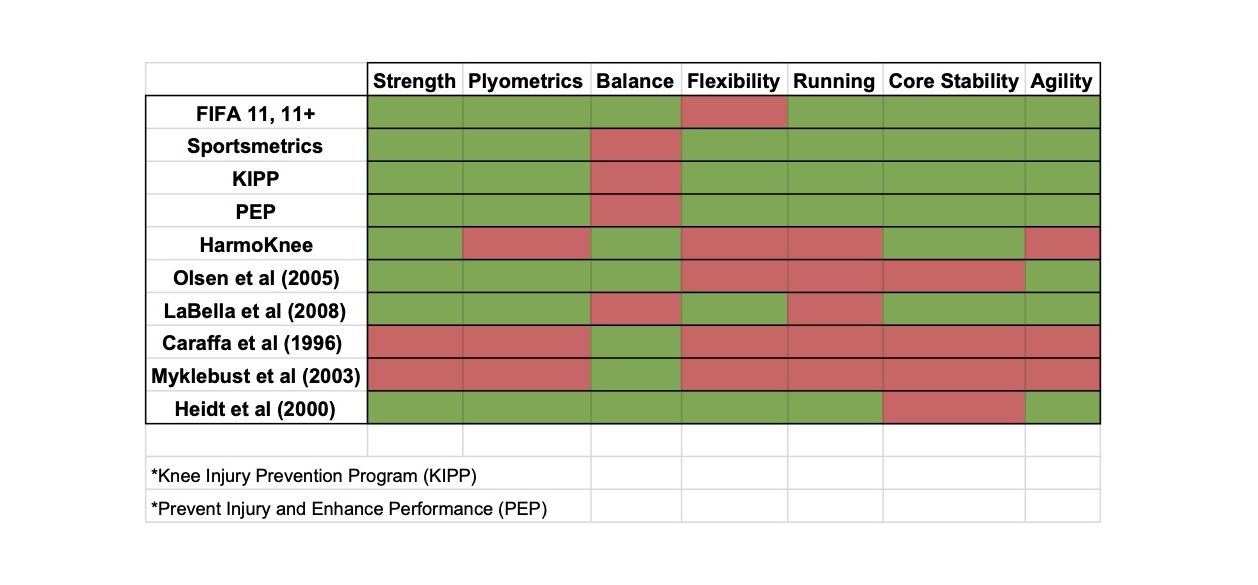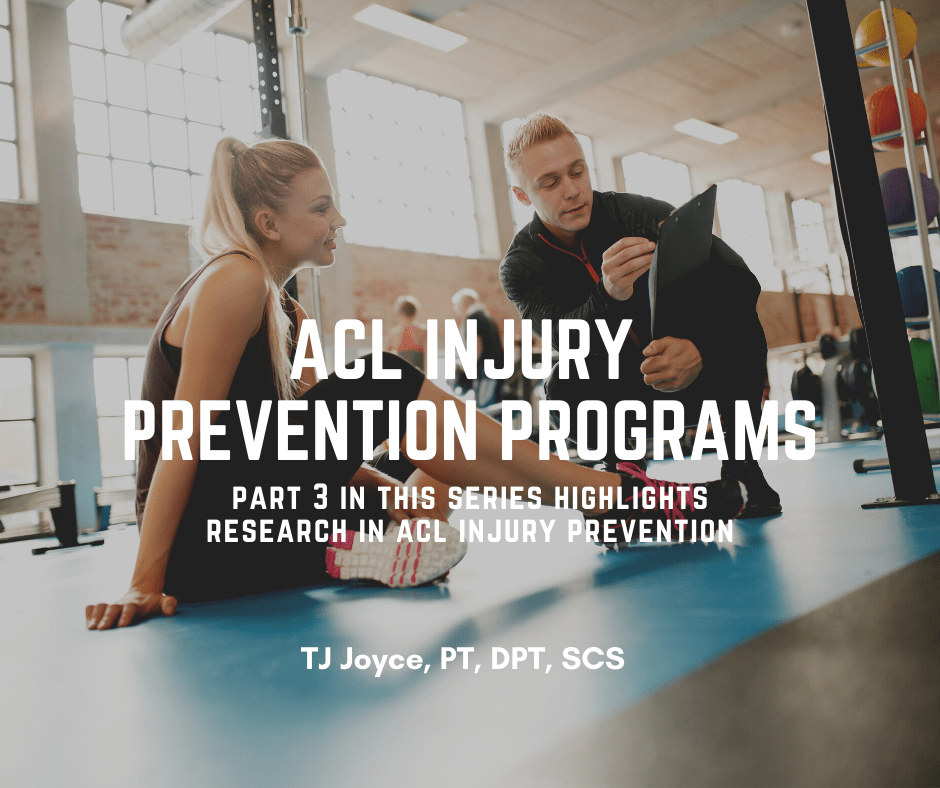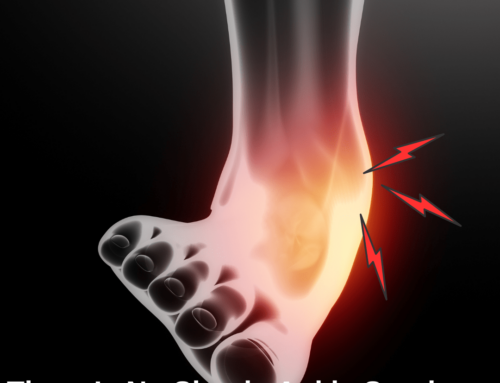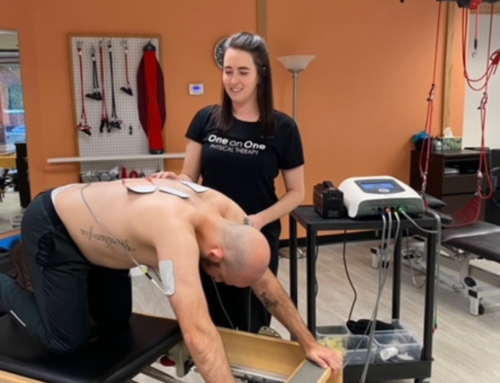Since 2018, a number of professional associations dedicated to promoting safety within sport have produced position statements regarding ACL injury. The National Athletic Trainers Association (NATA) and the American Academy of Sports Physical Therapy, two world-renowned organizations, have both released statements detailing the best practice for preventing ACL injury. The purpose of these statements is to provide a summary of recommendations based on the most recent research and to establish guidelines for injury prevention program development and implementation.
What is an ACL Injury Prevention Program?
While the benefits of participating in an ACL injury prevention program are well established, there is varying opinion regarding what types of exercises these programs should include. The NATA recommends including three of the following types of exercises into an ACL injury prevention program: strength, plyometrics, balance, flexibility, and agility. The American Academy of Sports Physical Therapy, on the other hand, suggests including proximal control exercises (or exercises involving the hips and trunk) and a combination of strength and plyometric exercises (or quick, powerful movements, like jumping and bounding).
Falling Short
Over the last 30 years, more than 50 ACL injury prevention programs have been published in research literature (Noyes, 2017). Unfortunately, the majority of these programs have been largely unsuccessful. Highly recognizable programs such as Sportsmetrics, FIFA 11+, HarmoKnee, and the Prevent Injury and Enhance Performance (PEP) have found success (Figure 1). A handful of lesser known programs included in the literature have also shown promising results, but fall short in certain areas. While these programs all incorporate strength, plyometrics, balance, flexibility, running, core stability, and agility, but no ACL prevention program has included all of these components…until now.

Figure 1. Current ACL Injury Prevention Programs: the red boxes indicate components that are not represented in each program.
One on One PT Launches ACL Injury Prevention and Performance Enhancement Program
The One on One ACL Injury Prevention and Performance Enhancement Program is designed to address the modifiable risk factors (check out Blog 2) identified in research. Our program contains all elements of successful programs and will include strength, plyometrics, balance, flexibility, running, core stability, and agility exercises.
Each athlete will receive individualized programming that is designed to address any deficits identified through performance assessments and a comprehensive clinical evaluation. Sports specialists will incorporate dynamic warmups, pre-activation exercises, and functional synergistic patterning into training sessions to enhance movement quality and prepare athletes to perform at a high level. Additionally, each athlete will have the opportunity to receive an in-house sport orthotics assessment.
The program will also provide athletes with training tools designed to enhance both athletic performance and recovery. Through a digital platform, our specialists will provide content that covers topics ranging from sleep hygiene to proper nutrition and hydration. Athletes will also have the opportunity to participate in HRV monitoring, which will allow our team to determine the optimal level of training for each athlete. We recognize that the road to optimal performance is multi-faceted, which is why we have incorporated these elements into our program.
Stay tuned for the final installment of this blog series, where we will detail the many components of the One on One PT ACL Injury Prevention and Performance Enhancement Program.
About The Author

Dr. Thomas (TJ) Joyce, PT, DPT, SCS joins One on One Physical Therapy after completing the Sports Physical Therapy Residency at The Ohio State University. While at OSU, his research focused on the influence of shoulder range of motion on shoulder and elbow kinetics in baseball pitchers. Dr. TJ received his Doctor of Physical Therapy degree from Duke University. He has a passion for working with high school, recreational, collegiate, and professional athletes across many sports and enjoys working with athletes of all ages. Dr. TJ is a Georgia native who earned his Bachelor of Arts degree in philosophy and religious studies from Rhodes College in 2011. During his time at Rhodes, he ran track and played middle infield for the baseball team. He is a Certified Strength and Conditioning Specialist and a Certified Olympic Weightlifting Coach. When Dr. TJ is not working with his patients, he enjoys lifting weights, playing sports, and cheering on his Georgia Bulldogs.






